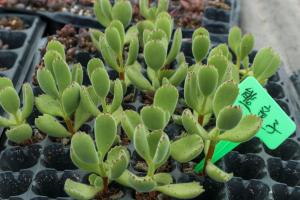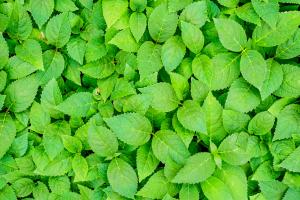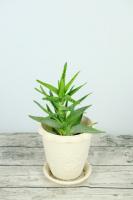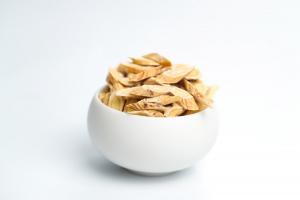1、 Sowing and reproduction:
1. First of all, ensure that the mother plant of the collected seeds is in good growth condition and free of diseases and pests. Then store it and save it for the next year as a seed. With seeds, then sowing. Elsholtzia chinensis is sown twice a year - in the first and middle of April in spring and from late May to early June in summer
2. The sowing method can be organized sowing or sowing
3. When sowing, the seeds shall be sprinkled into the fine soil, covered with a thin layer of fine soil, and gently pressed to ensure the emergence rate and uniformity of seeds
4. Then cover it with film or straw curtain to store water. After the seedlings are unearthed, the film or straw curtain can be removed
5. Finally, when the seedlings grow to 15cm, they can be planted separately. Separate planting is the distance between plants. Generally, the plant row spacing of Elsholtzia is 30cm * 30cm. After branching, Elsholtzia chinensis grows normally, then sowing and breeding are completed

2、 Cutting propagation:
1. In the first ten days of June, the branches with good growth, relatively thick and healthy, disease-free and insect-free shall be taken, and the branches and ears with a growth of about 12 ~ 15cm shall be cut. Each ear shall have 2 ~ 4 full buds that have grown. The cutting mouth of the cuttings shall be flat at the top and inclined at the bottom. Remove more than half of the leaves below the cuttings, and pay attention to maintaining the smoothness of the cutting mouth at the bottom.
2. The cuttings cut shall be separated by two thicknesses of 0.3cm and 0.6cm, and then divided into four bundles equally. The cuttings between each bundle shall be uniform in size and length and aligned at the bottom. They shall be bound according to the normal method, and they shall be quickly put into the medicine without delay, because it is necessary to prevent excessive evaporation of water and ensure the healthy growth of cuttings. It should be noted that the tested chemicals are rooting powder, etc., which are compared with clean water, and the cutting depth is generally about 1 / 3 of that of cuttings
3. Finally, pay attention to the performance of Mosla
Having said so much, now we generally know the breeding mode of Mosla


 how many times do yo...
how many times do yo... how many planted tre...
how many planted tre... how many pine trees ...
how many pine trees ... how many pecan trees...
how many pecan trees... how many plants comp...
how many plants comp... how many plants can ...
how many plants can ... how many plants and ...
how many plants and ... how many pepper plan...
how many pepper plan...





























